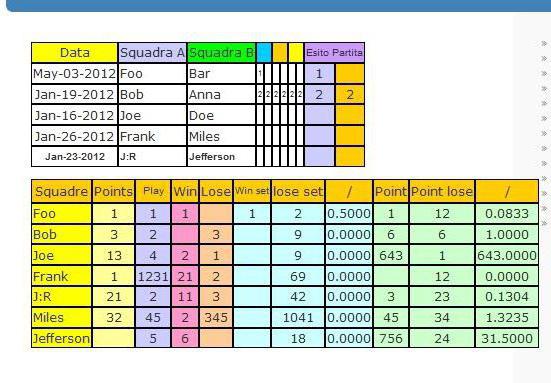Information in computer science
The concept of information in the modern scientific worldis ambiguous. Despite the fact that it appeared quite a long time ago, until now scientists can not give a strict definition of this term and argue that it should be regarded as an indefinable primary concept. In the textbooks on computer science, you can find the following definitions:
Information is information or knowledge about something;knowledge that can be collected, stored, transmitted, processed and used. Information in informatics is the basic concept of science, because information science is called information science, its structure and properties, ways of its processing and transmission. Informatics studies information using the main computer tool.
The term itself in Latin means"Information", "presentation". Today, science is in search of common properties and regularities that are inherent in information, but while information in computer science is an intuitive concept that has different meanings in different spheres of human activity.
Despite the large number ofdefinitions, highlight the most common and understandable. Information - the reflection of the world through signals and signs. The value of the information message lies in the new knowledge that is contained in it.
Types of information in computer science. Depending on the mode of perception, it can be perceived by the eyes, hearing organs, smell, taste and touch. In addition, according to the form of presentation, the text, numerical, graphic and sound are distinguished. In the same classification there is also video information.
Information in computer science has a number of properties. These include completeness, reliability, relevance, accessibility, security, relevance (the ability to respond to requests), ergonomics.
Information as a special type of resource has properties that are characteristic of it. These include: memorability, reproducibility, transmissibility, convertibility and erasure.
In this case, the information carrier can be anyobject of the material world, waves (acoustic, electromagnetic, etc.), matter in any state. There are also computer media (for example, magnetic tape). Information is transmitted in the computer science by means of signals.
A signal is a physical process that hasinformation value and can be discrete or continuous. The first takes only a finite number of values for a certain number of time instants, and a continuous one that constantly changes in time as well as in amplitude. Signals that carry symbolic or textual information are discrete. Examples of analogue signals include telephone communication or television.
Nowadays computer science is developing veryand already today in the science of information there are a number of new directions, such as programming, cybernetics, artificial intelligence, computer technology, information systems and theoretical information. The concept of information in informatics is relatively new in the person's vocabulary, and despite the widespread use of this word in speech, its content remains fuzzy and blurred. Informatics is related to information and its processing on computers. On an intuitive level, everything is clear, however, if you look closely, the question becomes much more complicated than it may seem at first sight.
Since computers today are widespread,and humanity is experiencing an information boom, the basics of computer science should be understandable to every modern individual who, at least a little, wants to keep pace with the times. It is these factors that have influenced the fact that the teaching of computer science has been introduced into the school curriculum and every young person has the opportunity to master this new but very interesting and necessary science.








